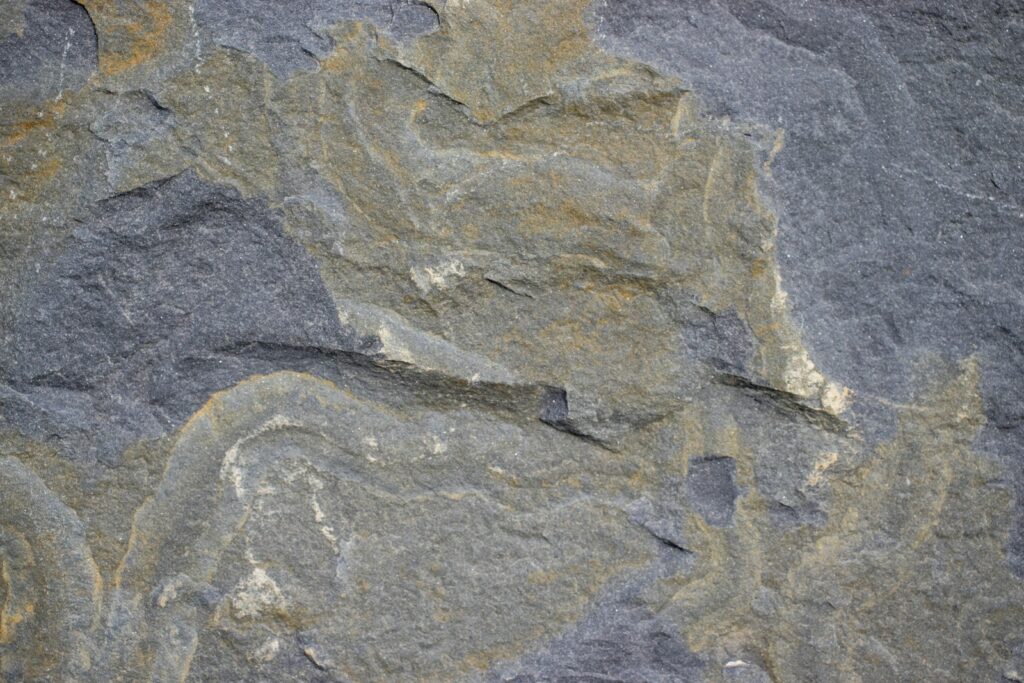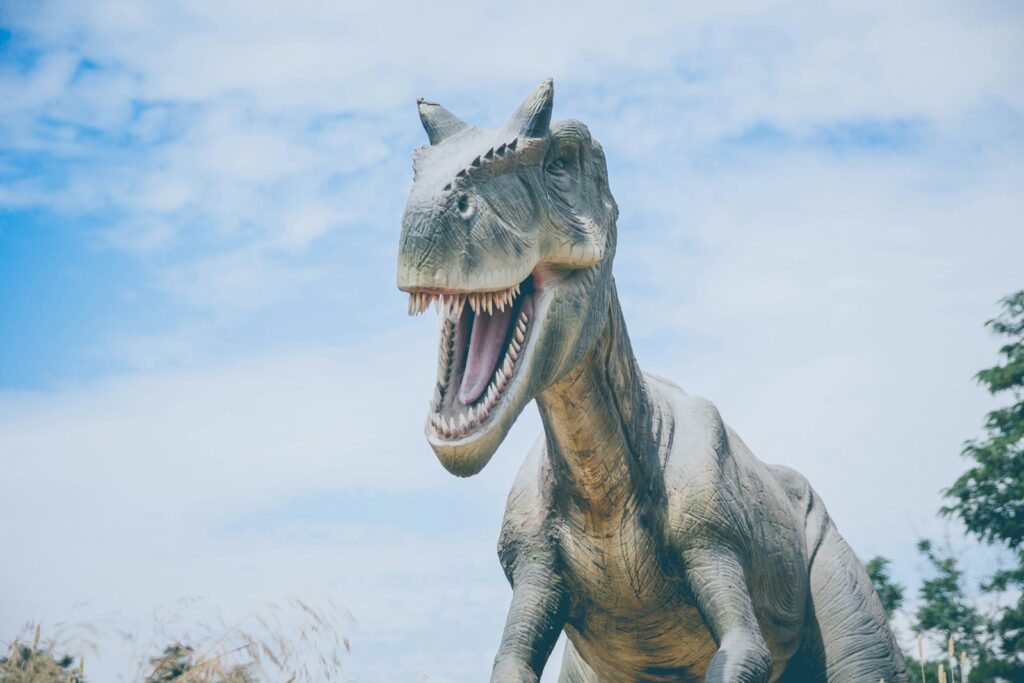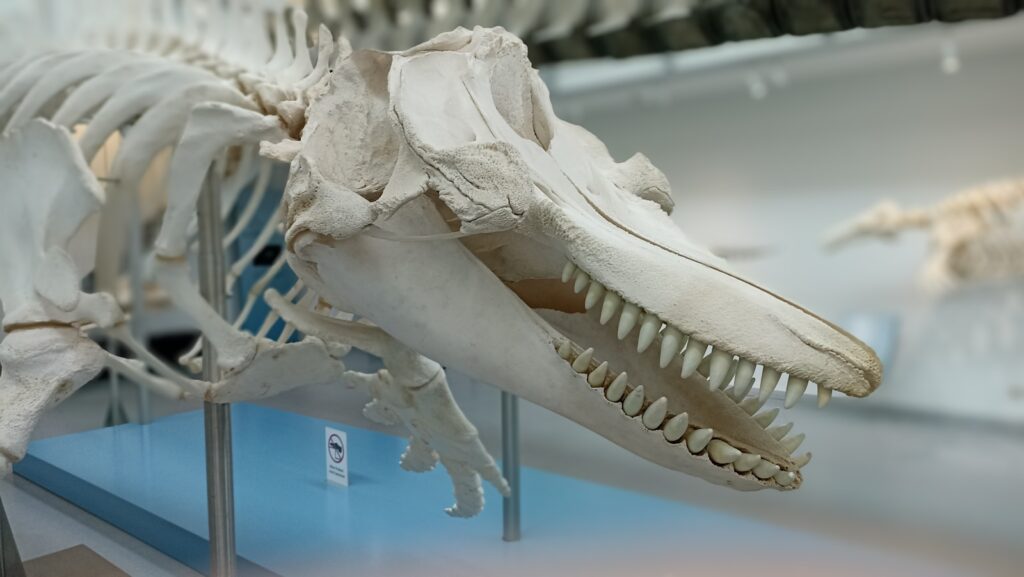When we hear the word “dinosaur,” most of us conjure images of towering creatures that roamed the Earth millions of years ago, now known only through fossils and scientific reconstructions. These magnificent prehistoric animals have fascinated humans since the first dinosaur fossils were scientifically described in the 19th century.
While dinosaurs as we traditionally know them went extinct about 66 million years ago (except for birds), some modern animals still carry remarkable similarities to these ancient creatures. But which living animal can truly claim to be the closest modern relative to dinosaurs? The answer might surprise you, as it challenges our common perceptions and illuminates the fascinating story of evolution spanning hundreds of millions of years.
The Birds: Dinosaurs Among Us

From a strictly scientific perspective, birds are not just related to dinosaurs—they are dinosaurs. Modern avian species represent the only surviving lineage of theropod dinosaurs, a group that included famous predators like Tyrannosaurus rex and Velociraptor. This isn’t just a casual comparison or loose evolutionary connection—it’s a direct lineage.
The scientific consensus is clear: Birds evolved from small, feathered dinosaurs during the Jurassic period, roughly 150-160 million years ago. The discovery of numerous feathered dinosaur fossils in China since the 1990s has provided overwhelming evidence for this evolutionary relationship. Birds are classified within the dinosaur group Theropoda, making them the only dinosaurs that survived the mass extinction event that wiped out their relatives 66 million years ago.
Crocodilians: Ancient Reptilian Cousins

If we look beyond birds to find the closest non-avian relatives to dinosaurs, crocodilians—alligators, crocodiles, caimans, and gharials—take center stage. These formidable reptiles are the closest living relatives to birds, which makes them the nearest cousins to dinosaurs among non-avian animals. Crocodilians and dinosaurs (including birds) share a common ancestor that lived approximately 240 million years ago, making them members of the group Archosauria or “ruling reptiles.” Unlike many other reptile groups, crocodilians have remained remarkably similar in form to their ancient ancestors.
This evolutionary conservation makes modern crocodilians living fossils that offer us a glimpse into prehistoric times. Their four-chambered hearts, specialized reproductive behaviors, and complex communication systems all reflect their shared heritage with dinosaurs.
Evolutionary Timelines and Shared Ancestry

Understanding the relationship between dinosaurs and modern animals requires grasping the vast evolutionary timeline involved. Dinosaurs first appeared during the Triassic period, around 245 million years ago, diversifying into numerous species over the following 180 million years. The archosaur lineage that would eventually produce both dinosaurs and crocodilians diverged early in this period. One branch—the Pseudosuchia—led to modern crocodilians, while the other branch—Avemetatarsalia—produced pterosaurs and dinosaurs, including the lineage that eventually evolved into birds.
This means birds are actually more closely related to extinct dinosaurs than they are to crocodilians, despite the superficial similarities between crocodilians and some dinosaur species. When scientists discuss dinosaur relatives, they’re referring to this branching family tree that spans hundreds of millions of years of evolution.
Anatomical Connections: Skeletal Evidence

The skeletal structures of birds reveal their dinosaurian heritage in numerous ways that might not be obvious at first glance. Birds possess over 100 anatomical features that connect them directly to theropod dinosaurs. Their hollow bones, three-toed feet, wishbones (fused clavicles), and wrist structures all preserve dinosaurian characteristics. Even the way birds lay eggs and care for their young resembles behaviors known from fossil evidence of certain dinosaur species.
Perhaps most tellingly, the avian respiratory system—with its unique air sacs and one-way breathing pattern—matches what we’ve discovered about some dinosaur breathing systems through fossil analysis. This complex respiratory arrangement, unlike that of any other living vertebrate, represents a direct inheritance from their dinosaur ancestors and provides compelling evidence of the evolutionary relationship between birds and dinosaurs.
Feathered Dinosaurs: Bridging the Gap

The discovery of feathered dinosaur fossils has revolutionized our understanding of the dinosaur-bird connection. Sites in China’s Liaoning Province have yielded spectacular fossils of dinosaurs covered in feather-like structures, providing indisputable evidence of the evolutionary link between dinosaurs and modern birds. Species like Sinosauropteryx, Microraptor, and Yutyrannus demonstrate that feathers evolved in dinosaurs long before powered flight developed.
These fossils show that many features we once considered uniquely avian—including various types of feathers, wishbones, and brooding behaviors—were present in non-avian dinosaurs first. The transition from dinosaur to bird wasn’t a sudden leap but rather a gradual process spanning millions of years, with numerous intermediate forms. Modern birds inherited their feathers from dinosaur ancestors that likely used these structures initially for insulation and display before they were adapted for flight.
The Tuatara: A Living Fossil

While not as closely related to dinosaurs as birds or crocodilians, the tuatara of New Zealand represents another fascinating living connection to the Mesozoic era. This reptile is the sole surviving member of the order Rhynchocephalia, which flourished alongside early dinosaurs more than 200 million years ago. Despite superficially resembling lizards, tuataras belong to a completely separate evolutionary lineage that branched off from other reptiles in the Triassic period.
They possess several primitive features, including a unique “third eye” (a light-sensitive organ on top of the head) and teeth fused directly to the jawbone rather than set in sockets. Though tuataras aren’t direct dinosaur relatives like birds, they provide a living window into the reptilian diversity that existed when dinosaurs first evolved. Their slow metabolism and extraordinary longevity (potentially exceeding 100 years) make them living time capsules from an ancient era.
Birds of Prey: Modern Dinosaur Hunters

Among modern birds, raptors such as eagles, hawks, and falcons perhaps most vividly demonstrate their dinosaurian heritage through their predatory behaviors. These birds of prey employ hunting strategies remarkably similar to those used by their velociraptor ancestors. Their powerful talons, hooked beaks, and keen vision serve the same functions as the specialized predatory adaptations of dromaeosaurids and other theropod dinosaurs.
When an eagle dives at speeds exceeding 150 mph to capture prey, or when a hawk uses its talons to deliver a killing blow, we’re witnessing hunting behaviors refined over millions of years of evolution dating back to non-avian dinosaurs. Even the way many raptors tear their food with their beaks mirrors the feeding methods of their dinosaurian ancestors. These birds have essentially maintained their role as apex predators across the extinction boundary that eliminated their larger relatives.
Cassowaries: The Most Dinosaur-Like Birds

Among modern birds, the cassowary of Australia and New Guinea perhaps looks most like our mental image of a dinosaur. Standing up to 6.6 feet tall and weighing up to 130 pounds, these flightless birds possess several striking dinosaur-like features. Their powerful legs bear three-toed feet with sharp claws, including a dagger-like inner claw that can grow to 4 inches long and is capable of inflicting serious wounds.
Cassowaries are considered among the world’s most dangerous birds, responsible for serious injuries and even human fatalities—a reputation that would seem fitting for a dinosaur descendant. Their distinctive casque (helmet-like structure on the head) resembles the crests of some dinosaur species, though it serves different functions. Watching a cassowary run through the forest at speeds up to 30 mph offers perhaps the closest living glimpse of how smaller theropod dinosaurs might have moved through prehistoric landscapes.
Molecular Evidence: DNA and Proteins

Beyond anatomical similarities, molecular evidence strongly supports the dinosaur-bird relationship. While we cannot extract DNA from dinosaur fossils older than about one million years, scientists have recovered and analyzed proteins from dinosaur fossils. In groundbreaking research, collagen proteins extracted from a 68-million-year-old Tyrannosaurus rex femur showed the greatest similarity to chicken proteins, followed by those of other birds.
This molecular evidence provides another line of support for the bird-dinosaur connection. Additionally, studies comparing the genomes of various modern animals consistently place birds and crocodilians as each other’s closest living relatives, confirming their shared archosaurian heritage. Evolutionary developmental biology (evo-devo) studies have even identified specific genetic mechanisms that transformed dinosaur snouts into bird beaks over evolutionary time. These molecular approaches complement fossil evidence in reconstructing the dinosaur family tree.
Behavioral Connections: Nesting and Parental Care

The behavioral similarities between birds and their dinosaur ancestors extend to reproduction and offspring care. Fossil discoveries have revealed that many theropod dinosaurs, including oviraptors and troodontids, sat on their nests to incubate eggs in a manner strikingly similar to modern birds. Some non-avian dinosaur fossils have been found positioned directly over their nests, suggesting they died while protecting their eggs. The arrangement of eggs in organized nests, often in circular patterns, mirrors nesting behaviors seen in ground-nesting birds today.
Trackway fossils even suggest some dinosaur species may have cared for their young after hatching, leading them in groups similar to how modern birds guide their chicks. These sophisticated reproductive behaviors, once thought unique to birds, clearly evolved in their dinosaur ancestors and represent another connecting thread between these ancient reptiles and their modern descendants.
Convergent Evolution vs. Direct Ancestry

When considering animals that resemble dinosaurs, it’s crucial to distinguish between convergent evolution and direct ancestry. Convergent evolution occurs when unrelated species develop similar traits independently due to similar environmental pressures. For example, monitor lizards may superficially resemble some dinosaurs with their powerful tails and predatory habits, but this resemblance results from convergent evolution rather than a close relationship. Lizards and snakes belong to the group Lepidosauria, which diverged from the archosaur lineage (including dinosaurs, birds, and crocodilians) over 250 million years ago.
Similarly, while mammals like rhinoceroses might vaguely resemble ceratopsian dinosaurs like Triceratops, these similarities are entirely coincidental. The true dinosaur descendants—birds—often look quite different from our popular image of dinosaurs precisely because they represent just one specialized branch of the dinosaur family tree that survived and adapted over 66 million years.
Changing Perceptions: Dinosaurs in Popular Culture

Our understanding of dinosaurs has undergone radical transformation over the past few decades, yet popular culture often lags behind scientific consensus. Films, books, and toys frequently depict dinosaurs as scaly, cold-blooded reptiles more similar to modern lizards than to birds. However, paleontological evidence increasingly shows that many dinosaurs—particularly theropods—had feathers, sophisticated social behaviors, and possibly even warm-blooded metabolisms more like modern birds.
The dinosaur that chased actors through kitchens in “Jurassic Park” looked nothing like the feathered, avian-like creature that scientific evidence suggests Velociraptor actually was. This disconnect between scientific understanding and popular representation has slowly begun to narrow, with newer documentaries and some films incorporating feathered dinosaurs. Recognizing birds as living dinosaurs challenges us to reimagine these ancient creatures not as extinct monsters but as ancestors of the diverse avian species that surround us today.
Conservation Implications: Preserving Living Dinosaur Relatives

Understanding the evolutionary connections between dinosaurs and modern animals carries important conservation implications. When we recognize birds as living dinosaurs, it transforms these familiar creatures from mere background wildlife into the last survivors of an ancient lineage stretching back over 230 million years. Similarly, crocodilians have witnessed the rise and fall of dinosaurs, survived the catastrophic extinction event that eliminated so many other species, and persisted into the present with relatively few anatomical changes.
Unfortunately, many bird species and crocodilian populations face significant threats today from habitat loss, climate change, and direct persecution. The American alligator represents a rare conservation success story, having recovered from near extinction to sustainable population levels. Protecting these living relatives of dinosaurs preserves not just modern biodiversity but also living connections to Earth’s distant past—a continuous evolutionary thread that stretches across hundreds of millions of years.
Conclusion

The question of the closest modern animal to a dinosaur finds its clearest answer in birds, which aren’t merely related to dinosaurs but are their direct descendants—the only dinosaur lineage to survive the end-Cretaceous extinction event. Beyond birds, crocodilians represent the next closest living relatives. When we watch a hawk soaring overhead or observe a crocodile patrolling murky waters, we’re witnessing living connections to the age of dinosaurs.
These animals carry evolutionary heritage stretching back to times when their larger, non-avian dinosaur relatives dominated terrestrial ecosystems. Understanding these connections enriches our appreciation of modern biodiversity and helps us recognize that dinosaurs aren’t entirely extinct—they’ve merely transformed into the remarkable birds that inhabit every continent on Earth.




